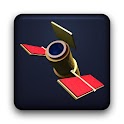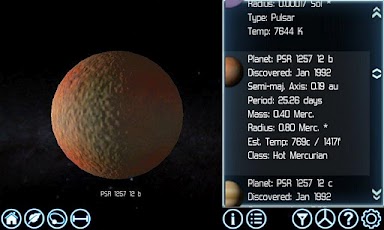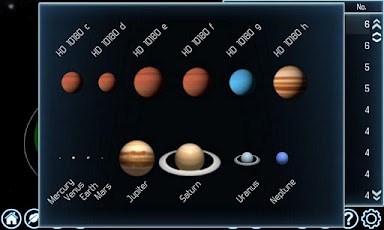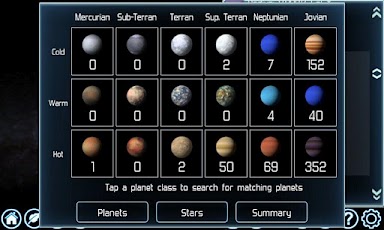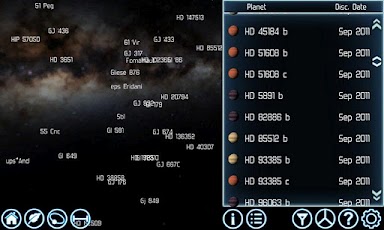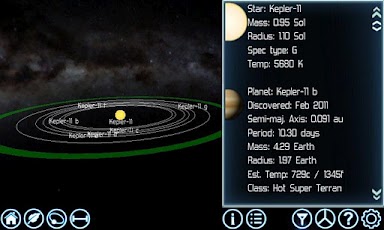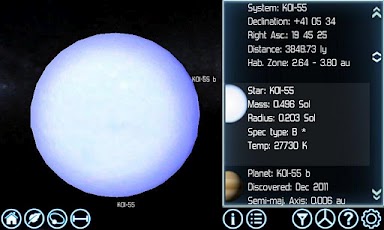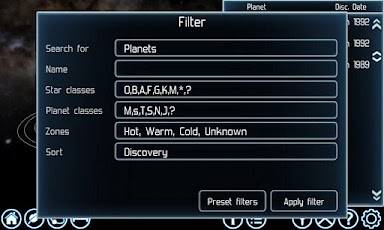Version: 2.3.1
Req: 2.2 and up
Latest update: 30.11.-0001
Mô tả Exoplanet Explorer
Take a thrilling ride through space and visit strange new worlds orbiting alien stars. Beautiful music and HD graphics will carry your imagination deep into the Milky Way galaxy!Exoplanet Explorer presents interactive 3D models of real solar systems and visualises planets that have been discovered a... xem thêm
Take a thrilling ride through space and visit strange new worlds orbiting alien stars. Beautiful music and HD graphics will carry your imagination deep into the Milky Way galaxy!
Exoplanet Explorer presents interactive 3D models of real solar systems and visualises planets that have been discovered around distant stars.
Features:
★ Beautiful HD graphics with awesome music and sound effects
★ Easy to use and understand, with intuitive controls
★ Over one thousand systems to explore
★ Real planets around real stars
★ A great tool for anyone interested in space or astronomy
★ The fastest way to travel light years through space!
From the lonely Earth sized rock orbiting Alfa Centauri just four light years away, to distant systems with enormous gas giants, exploring the galaxy has never been more exciting!
The intuitive interface is easy to use and the built-in filtering tool makes it simple to find worlds that you are interested in. You can search and sort by name or the number of objects in a system, to name just a few of the many options.
For the global perspective, statistics are provided to summarise the information in the galaxy database.
The data is provided by the Planetary Habitability Laboratory (PHL), a research and education virtual laboratory dedicated to studies of the habitability of Earth, the Solar System, and exoplanets.
Each planet is divided up into one of 6 mass classes, and further subdivided into one of 3 temperature classes. This information is used to create a model which represent what it may look like. These models are then assembled into working solar systems for your viewing pleasure.
This complete version of Exoplanet Explorer features HD graphics, advanced statistics, and the ability to import other databases such as the NASA's Kepler list and the candidate planet database.
Exoplanets are divided into the following mass classes:
* Mercurian - rocky worlds that have the approximate mass of Mercury
* Sub-terran - rocky globes with a mass similar to Mars
* Terran - rocky worlds with similar mass to Earth
* Super-terran - rocky worlds with a higher mass than Earth
* Neptunian - gas giants similar to Neptune
* Jovian - gas giants as massive or more massive than Jupiter
The exoplanets are further divided into the following temperature classes:
* Hot - temperatures are too hot to support liquid water
* Warm - the star’s habitable zone is where liquid water could exist on the surface
* Cold - temperatures are low enough that water would only exist as ice
